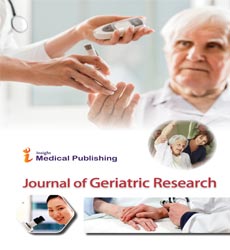Covid-19 pandemic and dental medicine. What is left to add?
Abstract
Introduction. Medical practitioners, dentists and dental staff have a highly increased risk of being infected with airborne pathogens such as SARS-CoV-2 because they are always exposed to droplets and aerosols produced during specific treatment procedures. Hence, The American Dental Association (ADA), as well as most European dental organizations, have implemented new guidelines, such as patient screening before visiting the clinic, allowing only one patient at a time in the waiting room, measuring staff and patients’ temperatures, hand washing and sanitizing, access to sanitizers for patients, disinfection of surfaces, personal protection equipment for the medical team, disposable shoe covers for patients, use of UV lamps and other air purifiers and high-efficiency aspiration during treatments.
Material and Methods. We have carefully selected over 50 studies published in Web of Science and PubMed International data bases in order to consolidate our narrative review. After summarizing their content, we can state that telemedicine has proven to be an effective tool in mitigating some of the effects caused by the imposition of restrictive measures during the COVID-19 pandemic. The use of teledentistry has expanded considerably in pediatric dentistry, orthodontics, oral medicine and periodontics in order to address oral and dental health issues during the COVID-19 pandemic while minimizing virus transmission. Thus, teleconsultation, telediagnosis, teletriage, teletreatment and telemonitoring have emerged as valuable tools not only in the delivery of care, but also in the academic and research training of dental health professionals.
Discussions. Academics working in the field of dentistry have been subjected to a high level of stress during the COVID-19 pandemic, not only related to teaching and research activities but also to concerns related to the possibility of contaminating their family members. On the other hand, the COVID-19 pandemic has led to an increase in negative emotional states among students. Students were the population group most affected by the pandemic, showing an increased prevalence of stress, anxiety and insecurity.
Conclusions. We can conclude that our paper emphasises the impact of the pandemic on dental care, dental staff and dental education, with an emphasis on how newly emerging protocols and technologies can be successfully utilized as integral parts of various branches of the dental practice and their future implications without compromising patient care.
Open Access Journals
- Aquaculture & Veterinary Science
- Chemistry & Chemical Sciences
- Clinical Sciences
- Engineering
- General Science
- Genetics & Molecular Biology
- Health Care & Nursing
- Immunology & Microbiology
- Materials Science
- Mathematics & Physics
- Medical Sciences
- Neurology & Psychiatry
- Oncology & Cancer Science
- Pharmaceutical Sciences
